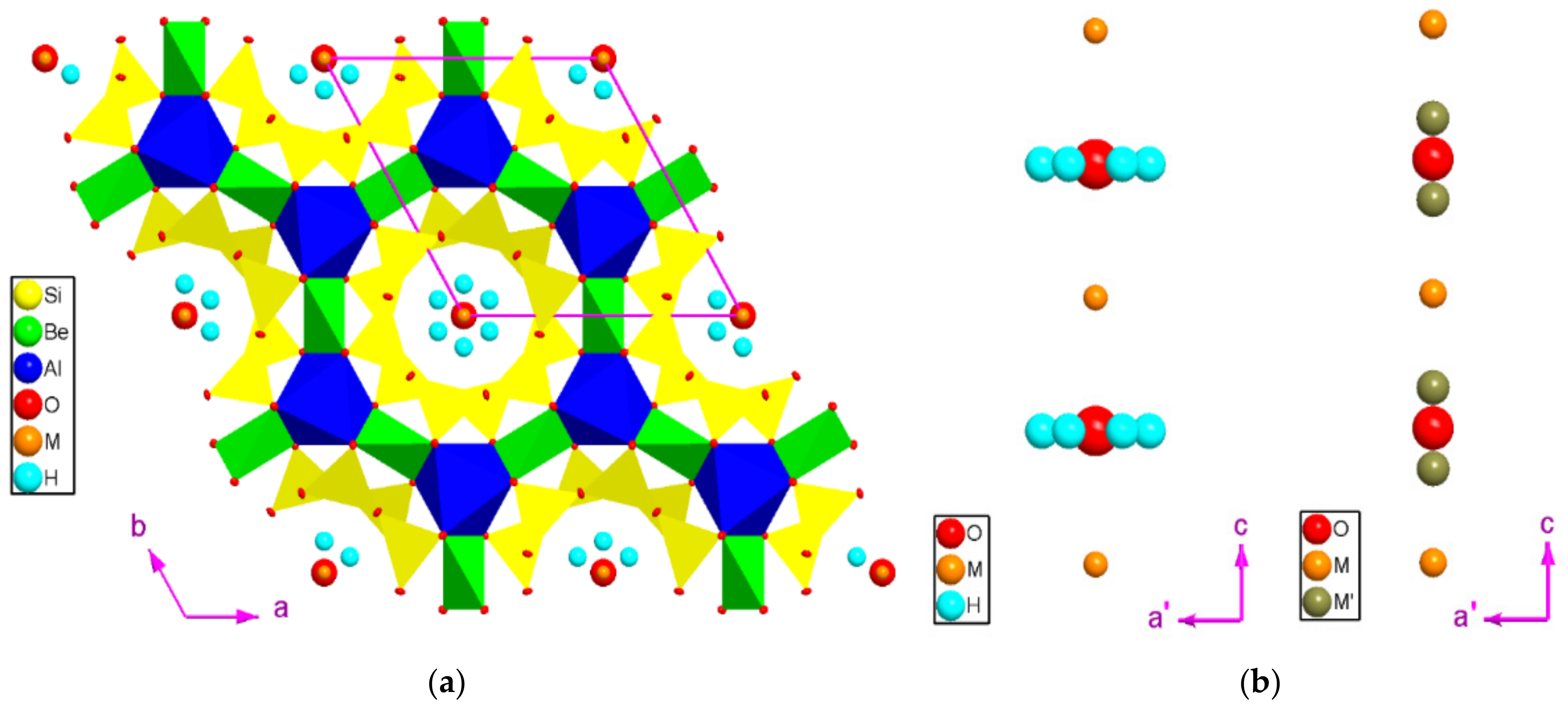NHC Beryl’s Path and Impact

Nhc beryl – Hurricane Beryl was a powerful tropical cyclone that formed in the Atlantic Ocean in July. The storm reached Category 4 intensity and made landfall in Florida, causing significant damage.
Track and Intensity, Nhc beryl
Beryl formed on July 5 as a tropical depression. The storm quickly strengthened into a tropical storm and then a hurricane. Beryl reached Category 4 intensity on July 7 with maximum sustained winds of 130 mph.
Hurricane Beryl is the first named storm of the 2023 Atlantic hurricane season. The National Hurricane Center (NHC) is issuing regular forecasts and updates on the storm’s track and intensity. You can find the latest hurricane beryl forecast on the NHC website.
Areas Affected
Beryl made landfall in Florida on July 8 near Jacksonville. The storm brought heavy rain, strong winds, and storm surge to the area. Beryl also caused damage in Georgia, South Carolina, and North Carolina.
The NHC’s tracking of Beryl has it skirting Jamaica, with the eye passing south of the island. For more information on the hurricane’s impact on Jamaica, you can visit hurricane beryl jamaica. The NHC continues to monitor Beryl’s progress and will provide updates as necessary.
Damage
Beryl caused widespread damage in Florida. The storm destroyed homes and businesses, and left thousands of people without power. Beryl also caused flooding and erosion along the coast.
Timeline
- July 5: Beryl forms as a tropical depression.
- July 6: Beryl strengthens into a tropical storm.
- July 7: Beryl becomes a hurricane and reaches Category 4 intensity.
- July 8: Beryl makes landfall in Florida.
- July 9: Beryl weakens to a tropical storm.
- July 10: Beryl dissipates.
NHC Beryl’s Forecast and Warnings

The National Hurricane Center (NHC) employs various scientific methods and tools to predict the path and intensity of tropical cyclones like Beryl. These include:
– Computer models: NHC uses sophisticated computer models that simulate the behavior of the atmosphere and ocean to forecast the movement and development of hurricanes. These models incorporate data from weather stations, satellites, and other sources to generate predictions.
– Satellite imagery: Satellite images provide valuable information about the structure, organization, and intensity of hurricanes. NHC analysts use these images to identify features such as the storm’s eyewall, rainbands, and wind patterns, which help them refine their forecasts.
– Aircraft reconnaissance: NHC also conducts aircraft reconnaissance missions into hurricanes to collect real-time data on wind speeds, pressure, and temperature. This information is essential for improving the accuracy of forecasts and issuing timely warnings.
The accuracy of NHC’s forecasts has improved significantly over the years due to advancements in technology and scientific understanding. However, predicting hurricane behavior remains a complex and challenging task. Factors such as changes in the atmospheric environment, interactions with landmasses, and unpredictable changes in the storm’s internal dynamics can affect the accuracy of forecasts.
Despite these challenges, NHC’s forecasts provide valuable guidance to emergency managers, coastal communities, and the general public. They help communities prepare for the potential impacts of hurricanes, including evacuation, securing property, and taking other necessary precautions.
For example, during Hurricane Beryl, NHC’s forecasts prompted coastal residents to evacuate and prepare for the storm’s arrival. Local governments used the forecasts to make informed decisions about issuing evacuation orders and opening shelters. As a result, many lives were saved, and property damage was minimized.
NHC Beryl’s Impacts on Society and Economy

Hurricane Beryl’s impact extended beyond its immediate physical presence, leaving lasting scars on society and the economy. This section delves into the economic and social consequences of the storm, examining the damage it inflicted and the challenges it posed to communities.
The economic impact of Beryl was significant, with damage to property and infrastructure reaching billions of dollars. Homes, businesses, and public buildings were destroyed or severely damaged, leaving many without shelter or a place to work. The storm also caused widespread power outages, disrupting daily life and causing economic losses.
Displacement of Residents
One of the most immediate social impacts of Beryl was the displacement of residents. Thousands of people were forced to evacuate their homes due to flooding, storm surge, or other hazards. Many of these evacuees were unable to return to their homes for weeks or even months, putting a strain on local resources and creating a sense of uncertainty and anxiety.
Disruption of Daily Life
Beryl also disrupted daily life for countless people. Schools, businesses, and government offices were closed, and transportation systems were disrupted. This had a ripple effect on the local economy, as businesses lost revenue and employees were unable to work. The storm also caused food and water shortages, adding to the challenges faced by residents.
Case Study: The Recovery of Grand Bahama Island
One of the communities hardest hit by Beryl was Grand Bahama Island in the Bahamas. The island was devastated by the storm, with widespread flooding and damage to homes and businesses. In the aftermath of the storm, residents faced a long and difficult recovery process.
The government of the Bahamas, along with international aid organizations, provided assistance to Grand Bahama Island. However, the recovery process was slow and challenging. Many residents were unable to return to their homes, and the island’s economy was severely damaged. It took several years for Grand Bahama Island to fully recover from the impact of Hurricane Beryl.